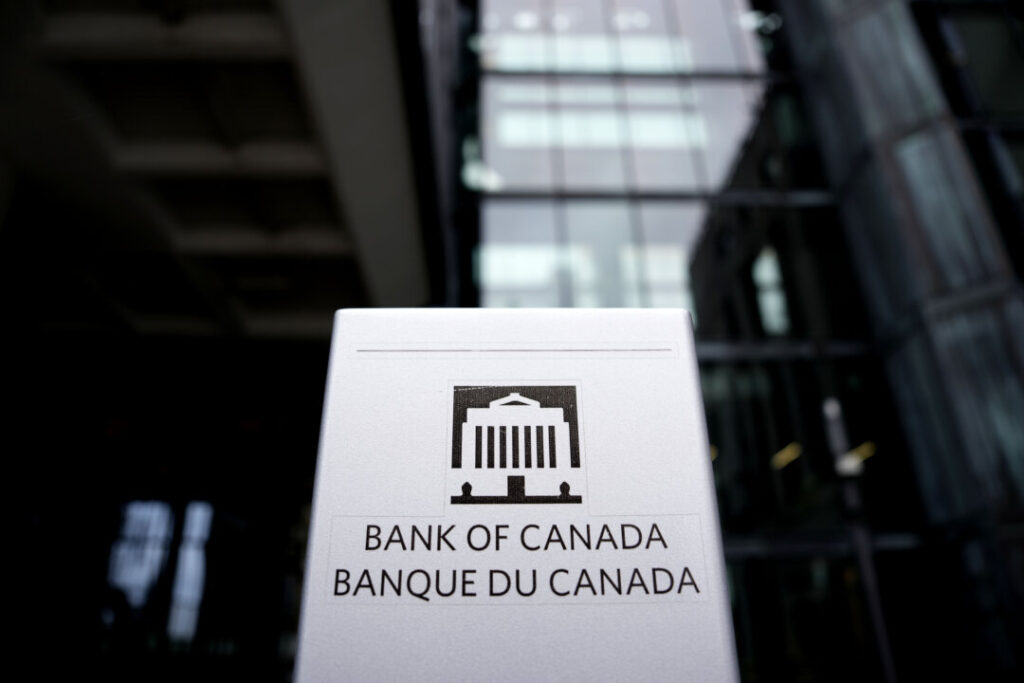OTTAWA – The Bank of Canada says it says uncertainty about tariffs remains high, but Canada’s economic growth is slightly higher than expected in the first quarter of the year.
“Uncertainty remains high, and the Canadian economy is softer, more sharp and less weak. We have seen some robustness in recent data. Against this backdrop, we have decided not to change our policy rates as we continue to increase information on US trade policies,” Tiff McClem Bank said on June 4th.
McClem told reporters there was uncertainty about the impact of US tariffs on Canada’s economy, similar to the bank’s decision to stabilize interest rates in April. He noted that since the last decision, the US and China have retreated from “very high” tariffs, and bilateral trade negotiations have begun in many countries.
However, the governor of the Bank of Canada said tariffs remained higher than earlier this year, and the US continues to threaten further tariffs. US President Donald Trump doubled the tariffs on steel and aluminum from 25% to 50% on June 4th. McClem said it emphasizes the “unpredictability” of US trade policy.
Canada’s economic growth reached 2.2% in the first quarter of the year, with high spending on machinery and equipment continuing to raise business investments and consumption. The bank said it believes housing activities and government spending are declining, but the unemployment rate will rise to 6.9%, and the economy will weaken in the second quarter of the year.
The bank also said the global economy has shown “resilience” in recent months, resulting from a surge in trade activities to preempt US tariffs. The US said domestic demand was strong and inflation was slightly lower, while Europe said economic growth was supported by promises of increased imports and defence spending, but China’s economy slowed as financial support ended and exports to the US fell.
Higher inflation
Canada’s inflation fell to 1.7% in April, down from 2.3% in March due to the end of the federal carbon tax. Banks say the rise in commodity prices could be due to trade disruptions, and many companies report facing higher costs as they are looking for alternative suppliers and sales markets.
The bank said a recent survey showed businesses planning to pass higher costs to consumers, and households believe they would see higher prices. “Banks will closely monitor underlying inflation measures to measure how inflationary pressures evolve,” McClem said.

